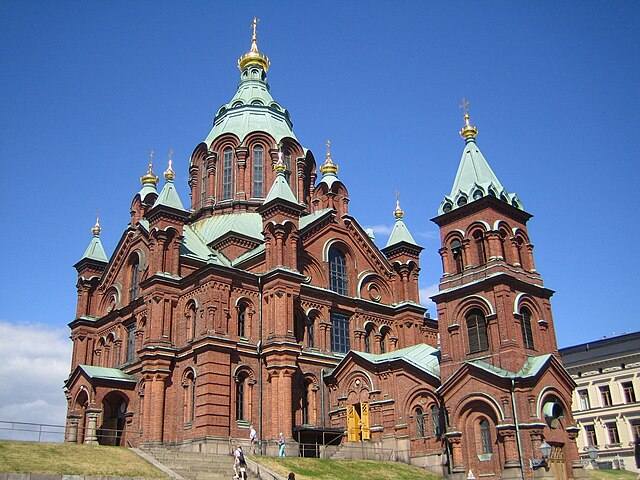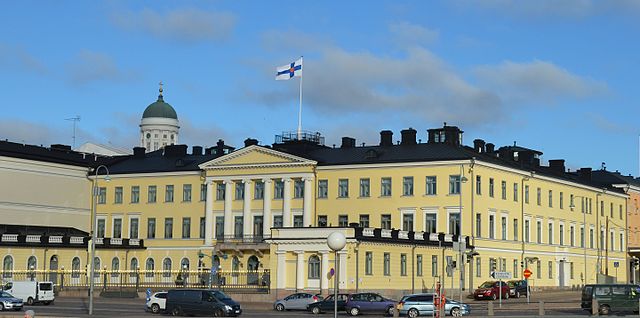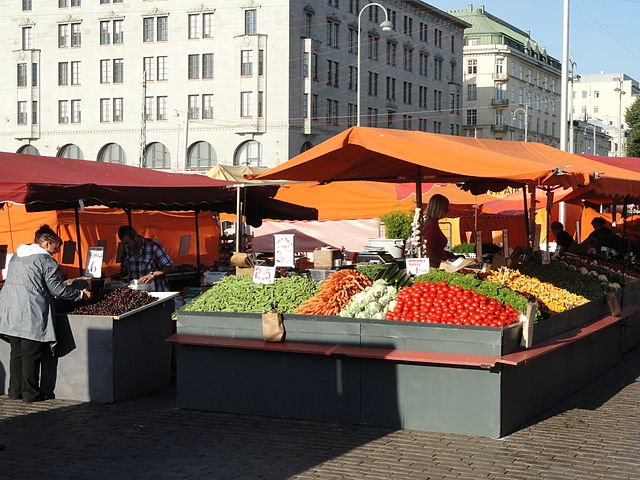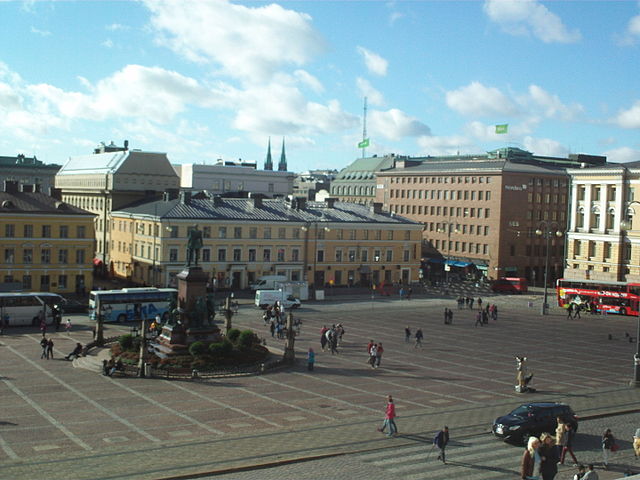Once a trading town in 1550, today Helsinki is the capital and largest city of Finland. It is the world's northernmost metro area of over one million people. It is Finland's major political, educational, financial, cultural, and research center as well as one of northern Europe's major cities.
HKI, H:fors
Uspenski Cathedral (Finnish: Uspenskin katedraali) is an Eastern Orthodox cathedral in Helsinki. Designed by the Russian architect Aleksey Gornostayev (1808–1862). The cathedral was built after his death in 1862–1868. The Cathedral is set upon a hillside on the Katajanokka peninsula overlooking the city.
The Market Square (Kauppatori in Finnish) is a central square in Helsinki, and one of the most famous market places and tourist attractions in the city. From spring to autumn, the Market Square is bustling with activity with vendors selling fresh Finnish food and souvenirs. There are also many outdoor cafes at the square.
Havis Amanda is a nude female statue representing a mermaid who stands on seaweed as she rises from the water, with four fish spouting water at her feet and surrounded by four sea lions. It was sculpted by Ville Vallgren (1855-1940) in 1906 in Paris, but was not erected at its present location at the Market Square in Kaartinkaupunki until 1908. Vallgren's intention was to symbolize the rebirth of Helsinki.
Senate Square and its surroundings make up the oldest part of central Helsinki. Landmarks and famous buildings surrounding the square are the Helsinki Cathedral, the Government Palace, main building of the University of Helsinki, and Sederholm House (Finnish: Sederholmin talo), the oldest building of central Helsinki dating from 1757.






















